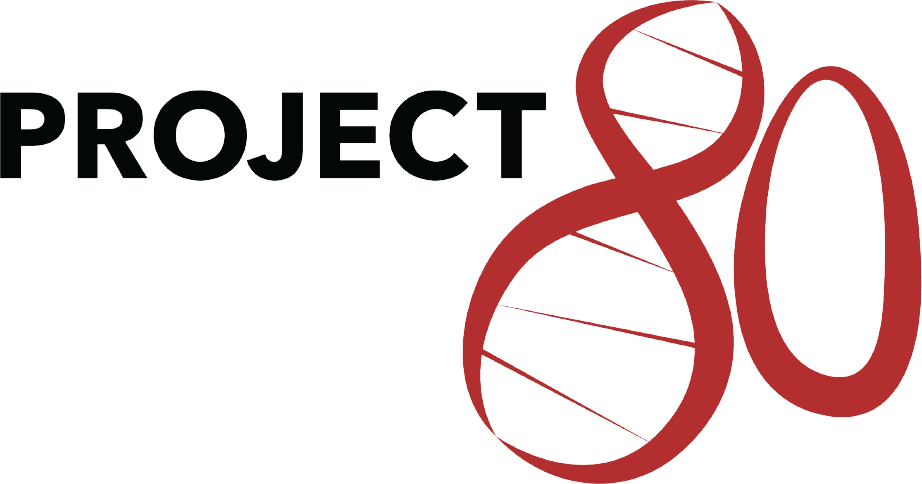Walking Again? Solving Spinal Cord Injuries
Wham! The crowd cheers as two football players slam into each other at breakneck speeds. But when only one of the two players gets back up and the medical staff rush onto the field, the cheering dies down as the crowd gets impatient for the game to continue on. The player gets carted off the field and play resumes, everyone moving on from the last play. Everyone except the injured player, now paralyzed from the neck down.
This is the situation that professional football player Kevin Everett of the Buffalo Bills found himself in at Ralph Wilson Stadium on Sept. 9, 2007. But while Everett was a paid professional athlete when receiving his injury, many others, like former Permian High School football player Joe Beene, were just out having fun.
Each year, 17,000 people in the U.S. sustain a spinal cord injury (SCI)(1), with nearly half of them between the ages of 16 and 30 (2). Spinal cord injury often results in a loss of function or sensation below the site of injury, and long-term effects can range from permanent tetraplegia (paralysis in all four limbs) to full recovery (in rare cases). There currently no cure for SCI, leaving those injured, along with their friends and family, to cope with this for the rest of their lives. The monetary impact of a spinal cord injury alone is costly, with the average medical cost ranging from $40,000-$185,000 a year depending on the type of injury and indirect costs, such as a loss in wages or productivity, averaging another $72,000 a year (3).
While there is currently no cure for a spinal cord injury, research is being done to find treatments. Current treatments applied within the days and weeks after an injury can greatly improve the patient’s condition, leading to improved functional abilities and better quality of life. But, many of the treatments that promote recovery for the acute stages (hours to days after injury) of SCI fail when applied to the more challenging chronic condition (months or longer after injury) once the injury has had time to develop completely (4). With the majority of research into treatments for SCI focusing on the acute stages and far fewer looking into treatments for the chronic condition, the odds of recovery for chronic SCI patients may look bleak.
However, studies such as the one published by DePaul et al. in August, 2017 give the 282,000 people in the U.S. with SCIs some hope (5). In the study, the scientists look into a treatment that promoted neuronal regeneration through the injury site and restored some function when applied in the acute condition. This treatment consists of three parts: PNG (peripheral nerve graft), which bridges the site of injury and helps nerves grow along it; aFGF, which is a growth factor that promotes neuronal regeneration; and ChABC, which destroys molecules that prevent neuronal growth. DePaul et al. find that this treatment also allows for the growth of some neurons through the injury site in chronic spinal cord injury. While regeneration was less than that of the acute condition, this treatment leads to improvements in chronically injured animals.
While studies like the one by DePaul et al. give those with chronic spinal cord injury hope, we are still a ways away from developing a complete cure for spinal cord injury. Research into treatments that promote functional recovery is a start, but this research needs to continue advancing before we will be able to successfully cure (or at least greatly improve) those with spinal cord injury.
Copyright Kyle McGraw 2017
(1): NSCIS Center. (2016). Facts and Figures at a Glance. Birmingham, AL: University of Alabama at Birmingham.
(2) NSCIS Center. (2016.) 2016 Annual Statistical Report for the Spinal Cord Injury Model Systems – Complete Public Version. Birmingham, Alabama: University of Alabama at Birmingham.
(3) NSCIS Center. (2016). Facts and Figures at a Glance. Birmingham, AL: University of Alabama at Birmingham.
(4) DePaul, M. A., Lin, C.-Y., Silver, J., & Lee, Y.-S. (2017). Combinatory repair strategy to promote axon regeneration and functional recovery after chronic spinal cord injury. Scientific Reports, 7(1), 9018. https://doi.org/10.1038/s41598-017-09432-6
(5): Ibid.
